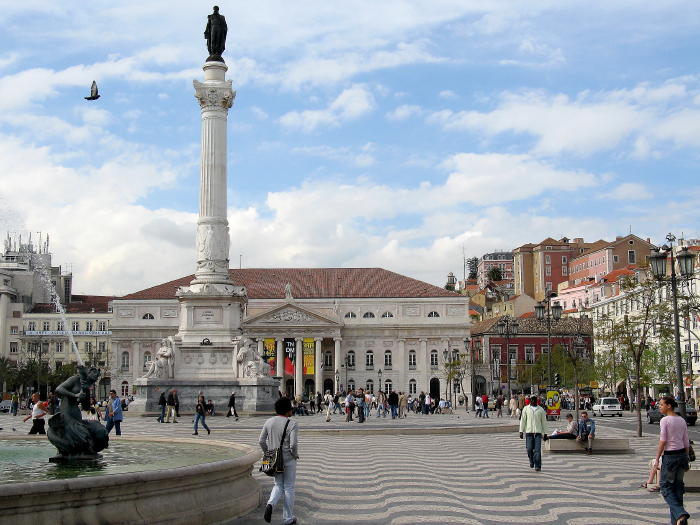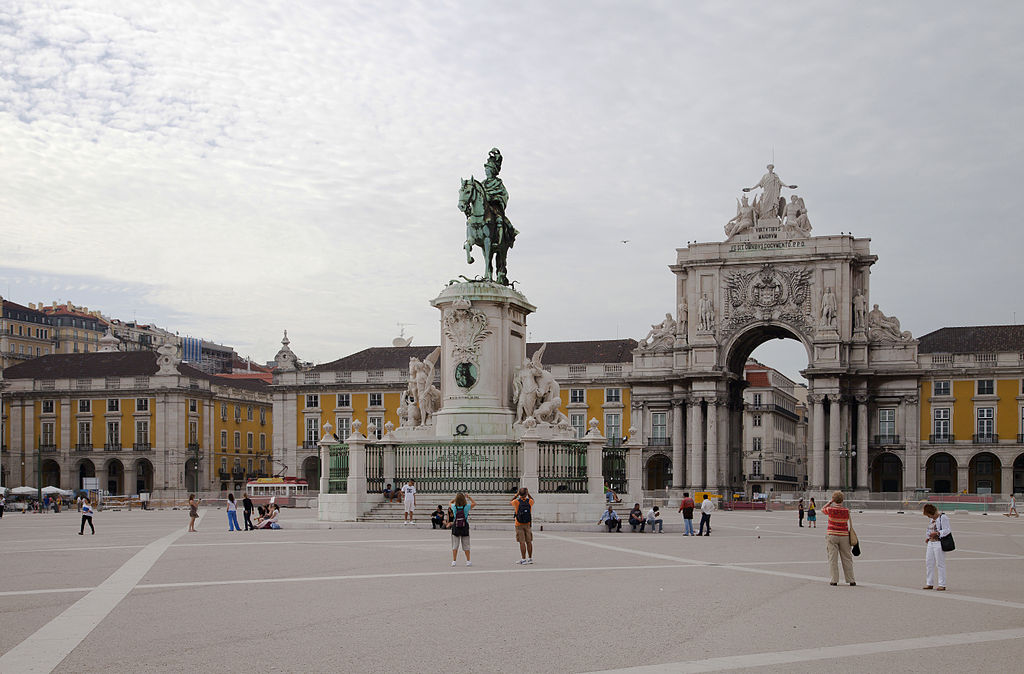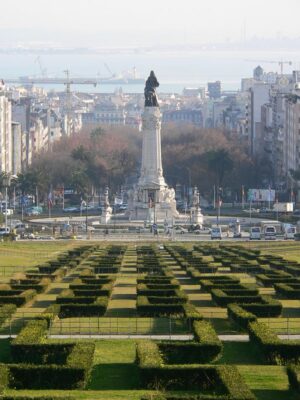Grown Up
16th century was Portugal’s golden age and Lisbon was right in the center of it, a crossroad between the New & the Old World, between Europe, Africa, India, Brazil and the Far East. Arts, architecture, science and literature all thrived. Prosperity had given birth to a virtuous cycle of progress that reflected the abundant new resources that had been revealed with the discovery of the new world.

A vast new empire that spanned from the Americas, to Africa, India and the Far East made Lisbon a control center of lands more than ten times the size of the original kingdom, one that could only be compared with the enormity of the expanding Spanish Empire. The Portuguese become the first to round the Cape of Good Hope, the first to bypass the obstacle of the Ottomans on the way to India, the first to establish trade routes with Japan and China, the new kings of the spice trade. His great achievements as a King and all the progress his decisions had generated for his realm would not be enough to make Manuel I immune from the calamities of his era. In 1521 the Portuguese King would fall along with many others to an outbreak of the bubonic plague.
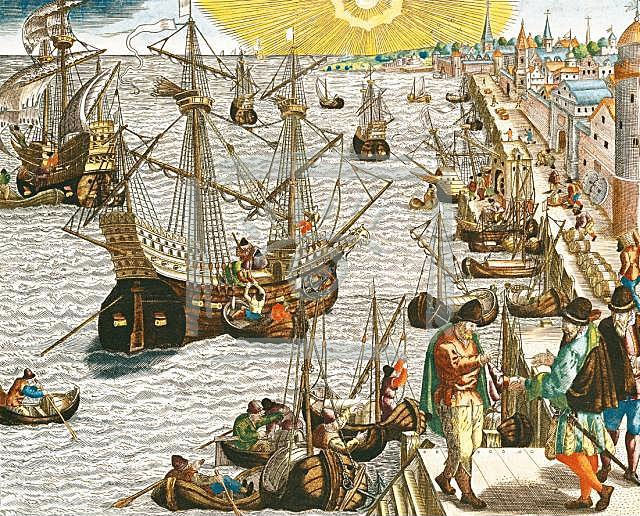
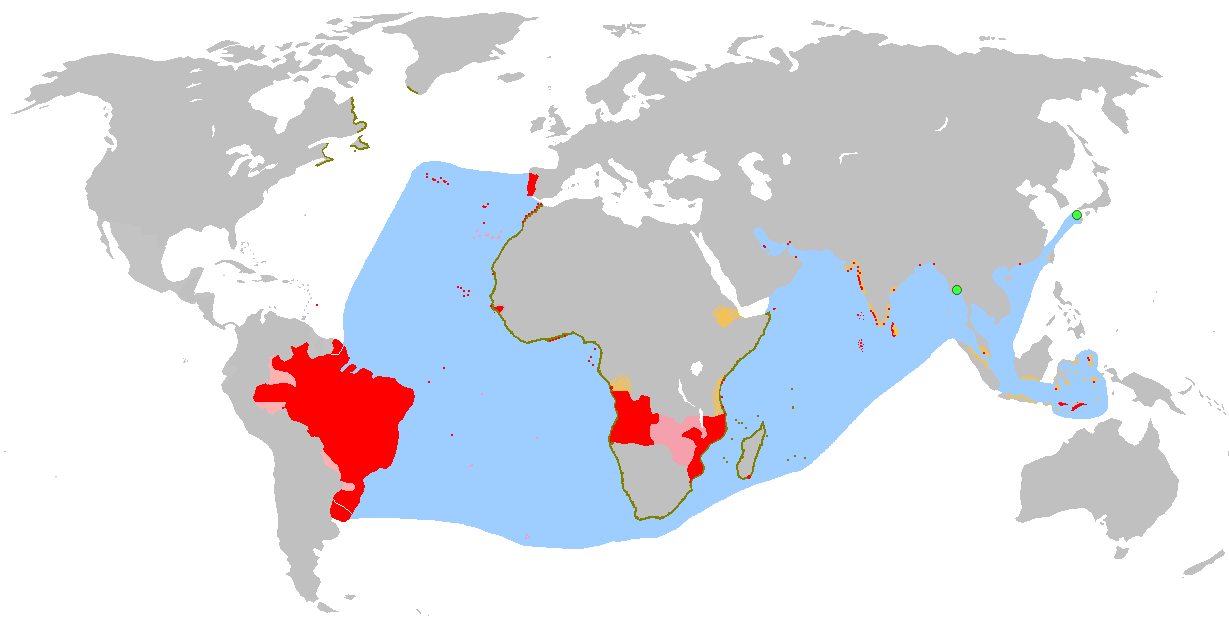
The next king John III of Portugal was born in Lisbon in 1502. He was crowned king in the Church of São Domingos in Lisbon a few days after the death of his father. His reign would follow the track of a stronger alliance with Spain and the Papal States. This alliance extended to the realm of religion with an active support of the Catholic dogma against the movement of the Reformation, the introduction of the Inquisition that was placed under the authority of the king and the royal support to missionaries in the New World. The king’s nickname “o Piedoso” (the Pious) would forever remind humanity the moral standards of his time.
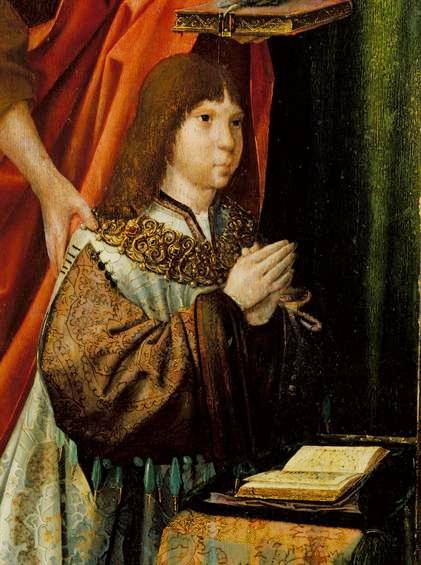
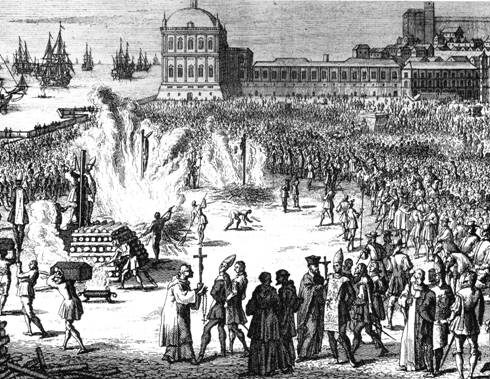

Maritime elements, representations of the discoveries & late Gothic architecture influenced by the Spanish Plateresque & Flemish styles were all infused in the Manueline style of architecture of the 16th century that characterizes several landmark monuments of the period like Belém Tower & Jerónimos Monastery (both UNESCO World Heritage Sites today). Bairro Alto (Upper neighborhood), a once open space of trees & greenery outside the western limits of the walled city, is transformed into a Renaissance urbanized area that would become its most popular aristocratic district.
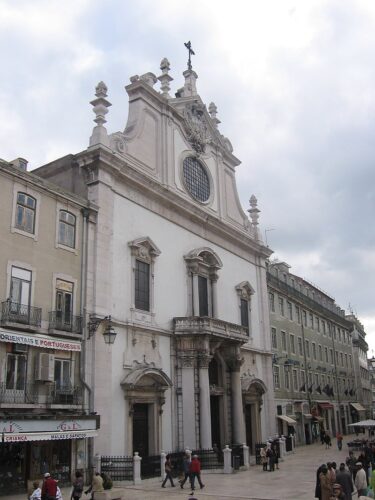
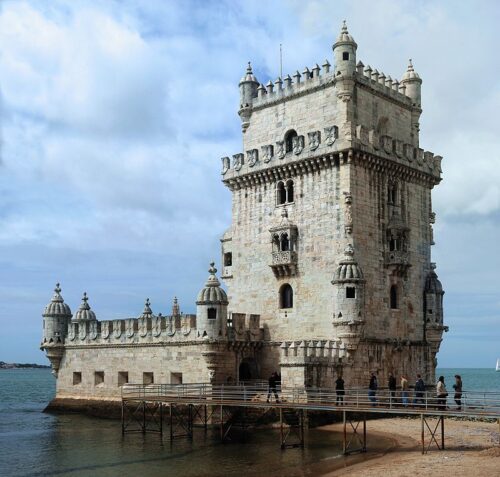
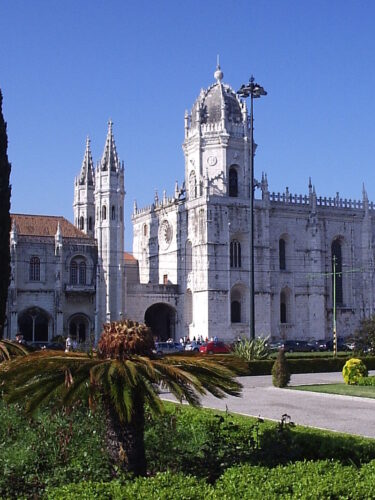
The death of young King Sebastian I of Portugal, the last of the House of Aviz, in a battle with the Sultan of Morocco in 1578 & the dynastic crisis created by the absence of an heir, would lead to the ascension of Philip II of Spain to the Portuguese throne, after the subjugation of the capital & the sacking of the surrounding region by the Spanish army in 1580.
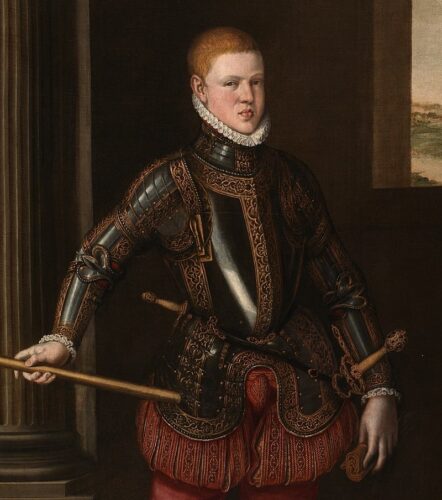
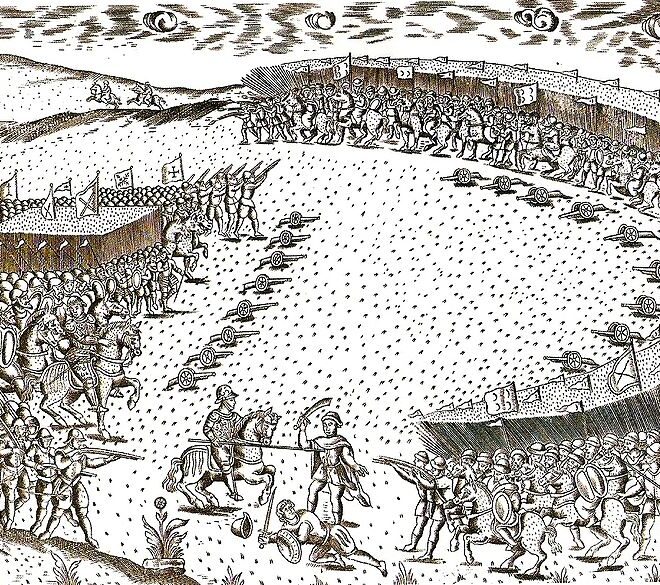
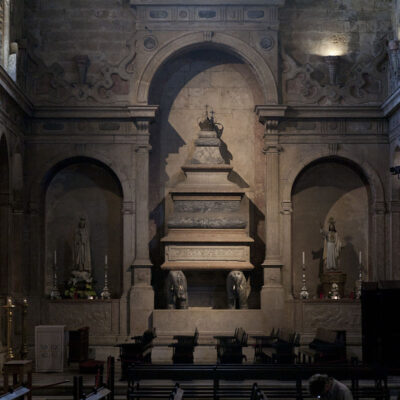
King Philip II who also ruled as King of Castile, Aragon, the Netherlands, Naples and Sicily, stayed in Lisbon from 1580 to 1583 and even considered turning Lisbon into the imperial capital of humongous empire. Ribeira Palace was modernized, expanded & remodeled in Mannerist style, with the highlight of his renovations being the transformation of a three-story Manueline tower, into a five-story Mannerist tower that would house the Casa da Índia and one of the largest royal libraries in all of Europe.
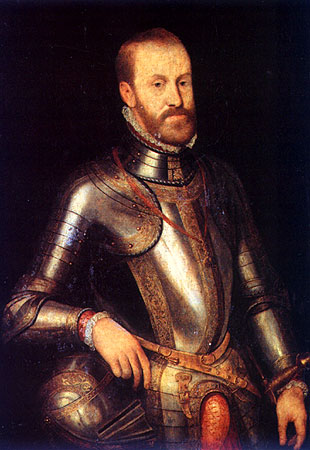
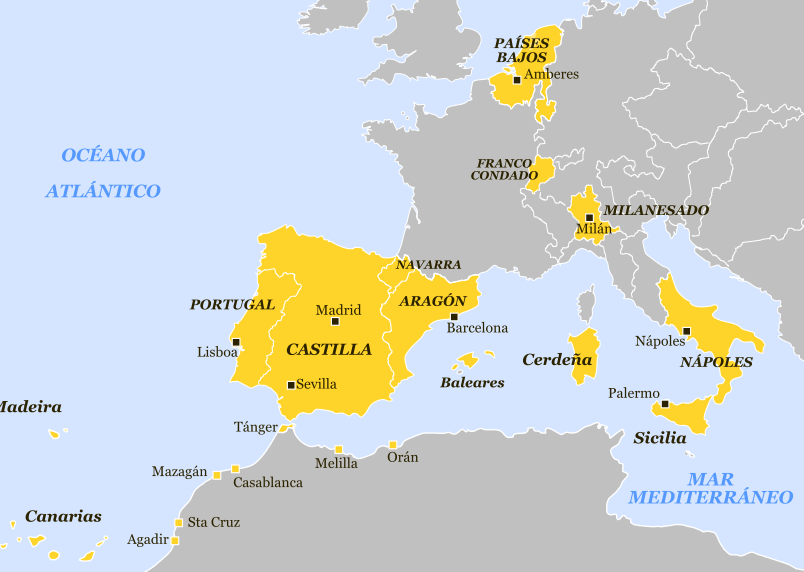
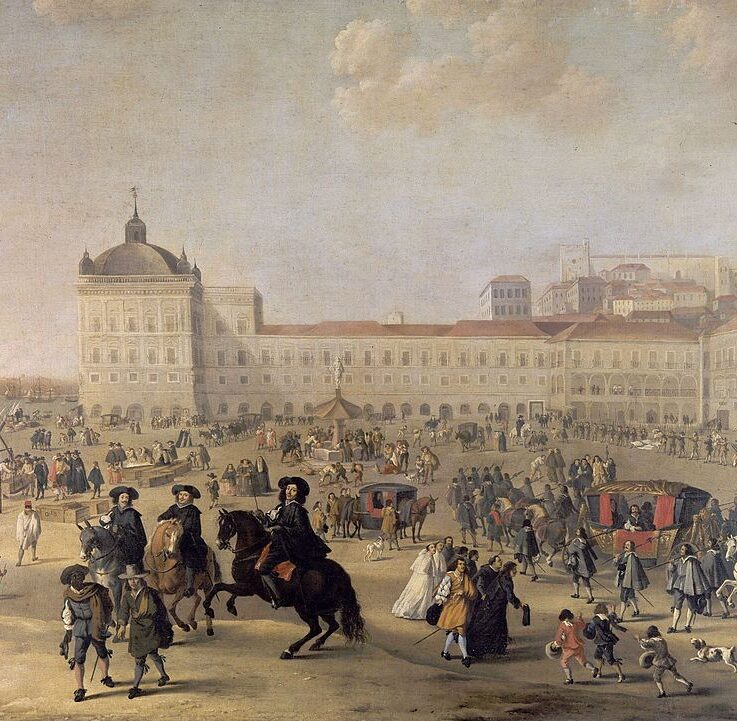
Despite the initial zest for Portugal’s affairs and the appointment of Portuguese nobles in the Spanish court, the Iberian Union became very quickly a Spanish over-lordship that would last until in 1640 the Portuguese nobility & bourgeoisie in Lisbon restored the country’s independence after a coup that proclaimed John, 8th Duke of Braganza, as King John IV of Portugal.
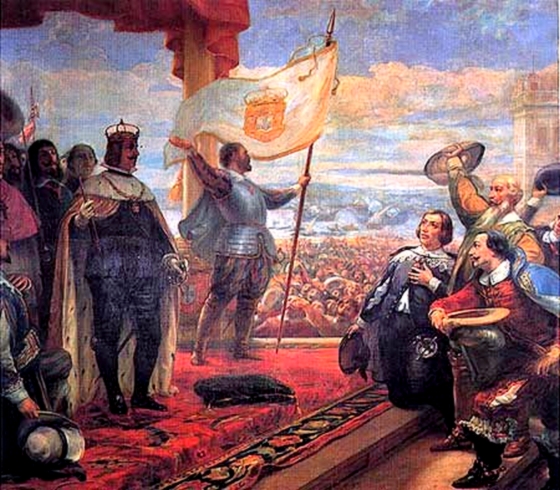
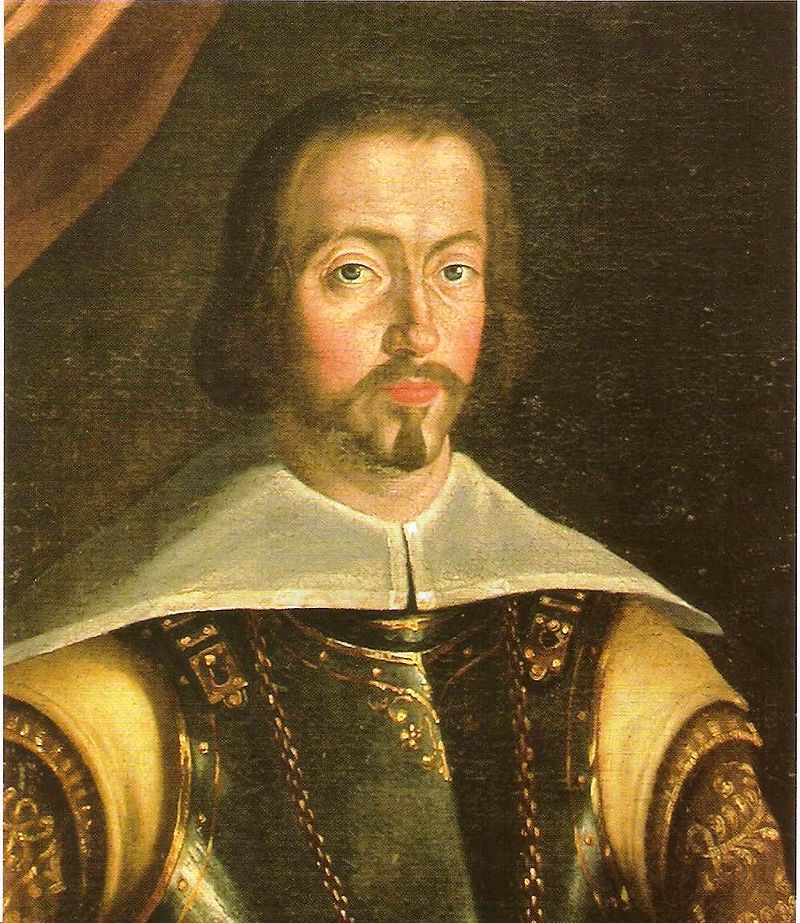
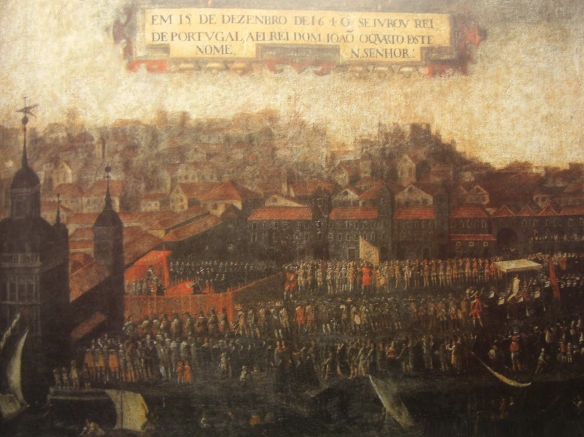
The constant warfare with the Dutch & the Spanish in the first half of the 17th century for the control of overseas trade, took its toll in the Empire’s interests in both the Atlantic & the Indian Ocean without however affecting Brazil’s lucrative sugar trade and the ever-growing business of African slaves that were shipped to work or be sold in the colonial plantations of the Americas. The state revenues enabled the construction of several Baroque Churches & theaters that would adorn Lisbon’s cityscape by the end of the 17th century.
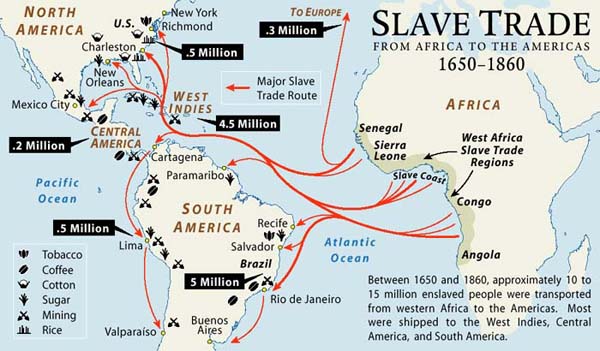
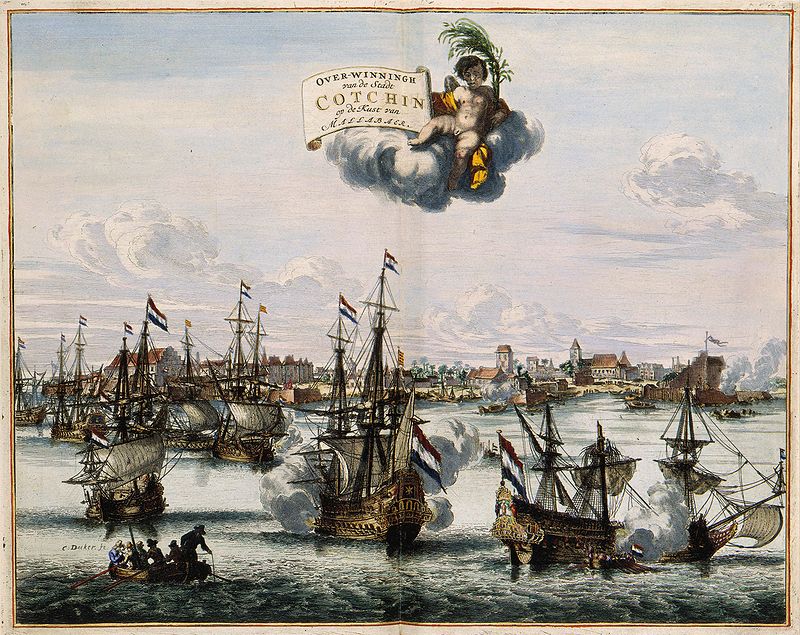
Gold from Brazil started arriving in Lisbon in 1699, creating a surge of construction works for expensive new houses, built mostly by the city’s aristocracy & the state officials while the new king, John V of Portugal, also known as the Magnificent or the Portuguese Sun King would nearly deplete the royal treasury on ambitious architectural works, most notably the monumental Baroque Mafra Palace and on commissions and additions for his sizable art and literary collections. His fairy tale wedding with Archduchess Maria Anna of Austria sealed with a mythic dowry of 100,000 crowns, a vast sum for that day. The marriage celebrations that lasted nearly two months, would be literally written in golden letters in Lisbon’s history books as one of the most spectacular things the city had ever witnessed.
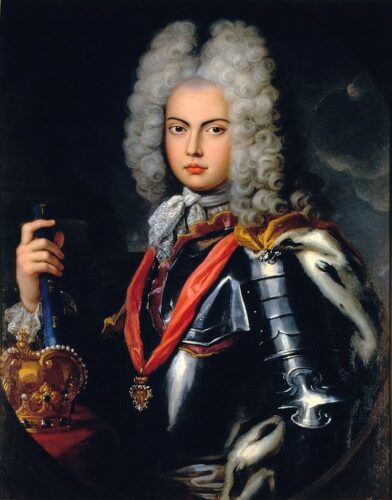
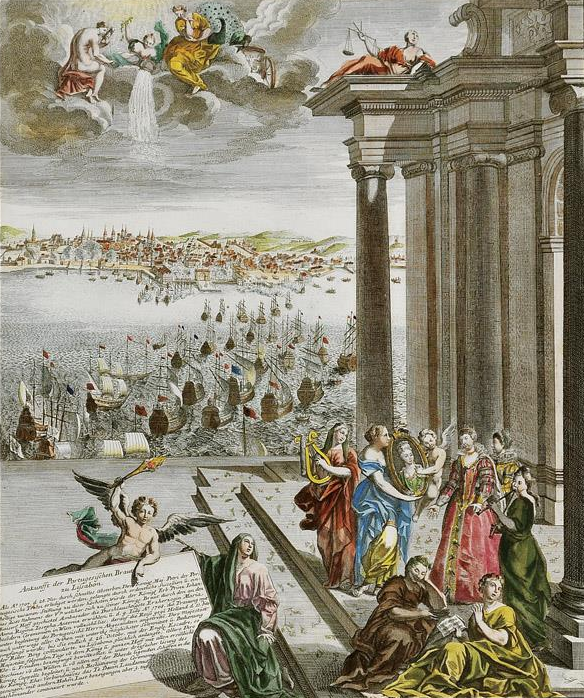
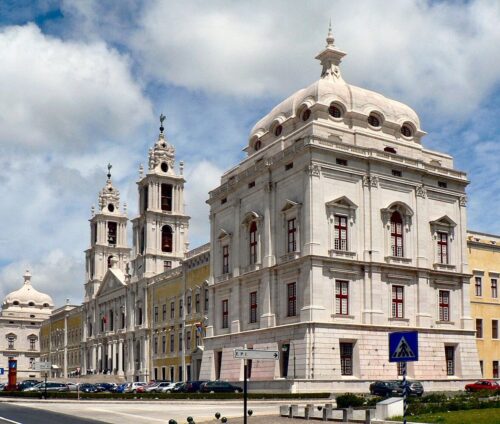
In 1742 the King suffered a stroke that left him paralyzed and unable to fulfil his duties. Queen Maria Anna would serve as regent and take over the royal projects like the construction of the Belém Palace, the summer home envisioned by her husband in 1726. She would die in the new palace in 1754, leaving all the royal power to her son Joseph I of Portugal. A year later the new king would have to face an earthquake of a magnitude at least 8.4 on the Richter scale, that would wreak havoc in the Portuguese capital. The Great Lisbon earthquake of 1755 was followed by a tsunami that hit the harbor and downtown area about half an hour later. The two phenomena resulted in the loss of an astounding number of people (in a population of about 200,000 people the lives lost are estimated to have been between 30,000 and 50,000 in total).
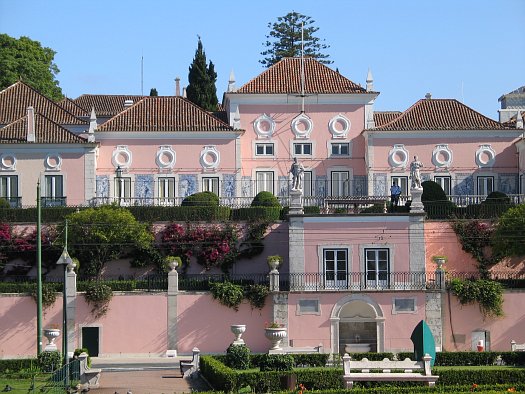

The most urbanized districts of Baixa & the Castle were the ones that were mostly affected by the earthquake. Lisboa Pombalina was to take their place. The 1st Marquis of Pombal, King Joseph I’s enlightened Prime Minister was the head of the arduous task of putting the wounded city back on its feet. Based on the boldest of all the propositions laid out by Manuel da Maia, chief engineer to the realm who envisaged a completely new quarter with big squares, widened streets and rectilinear grid pattern, the ambitious plan & its implementation quickly became the cause of admiration throughout the world.
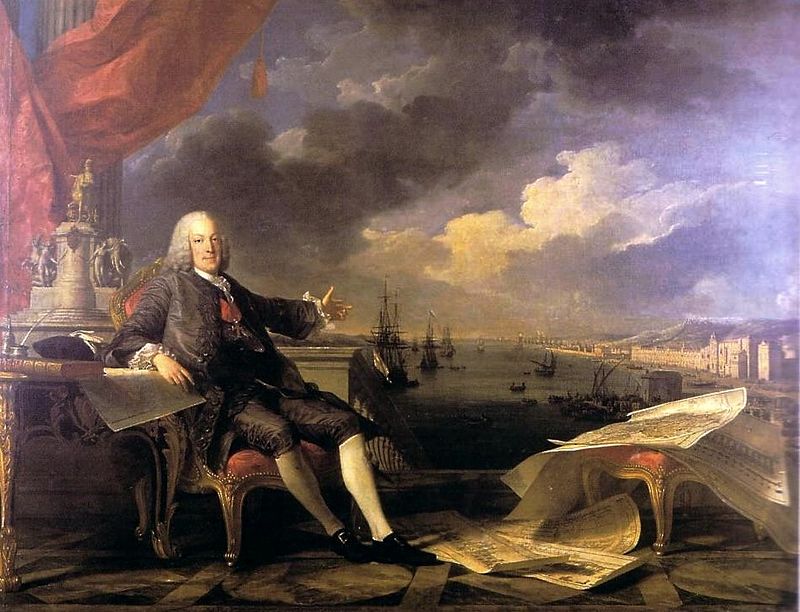
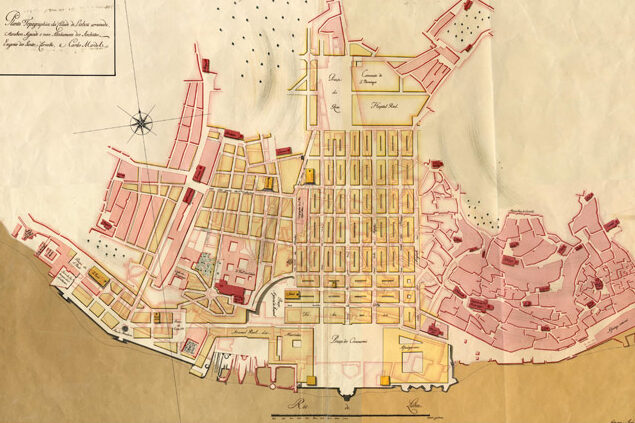
The two great squares, Praça de D. Pedro IV or Rossio Square the typical meeting place for the people of Lisbon for centuries and Praça do Comércio, the commercial heart of the city since the 16th century, would be rebuilt and remodeled in a way that better suited the new homogenous profile of the district.
